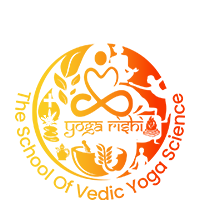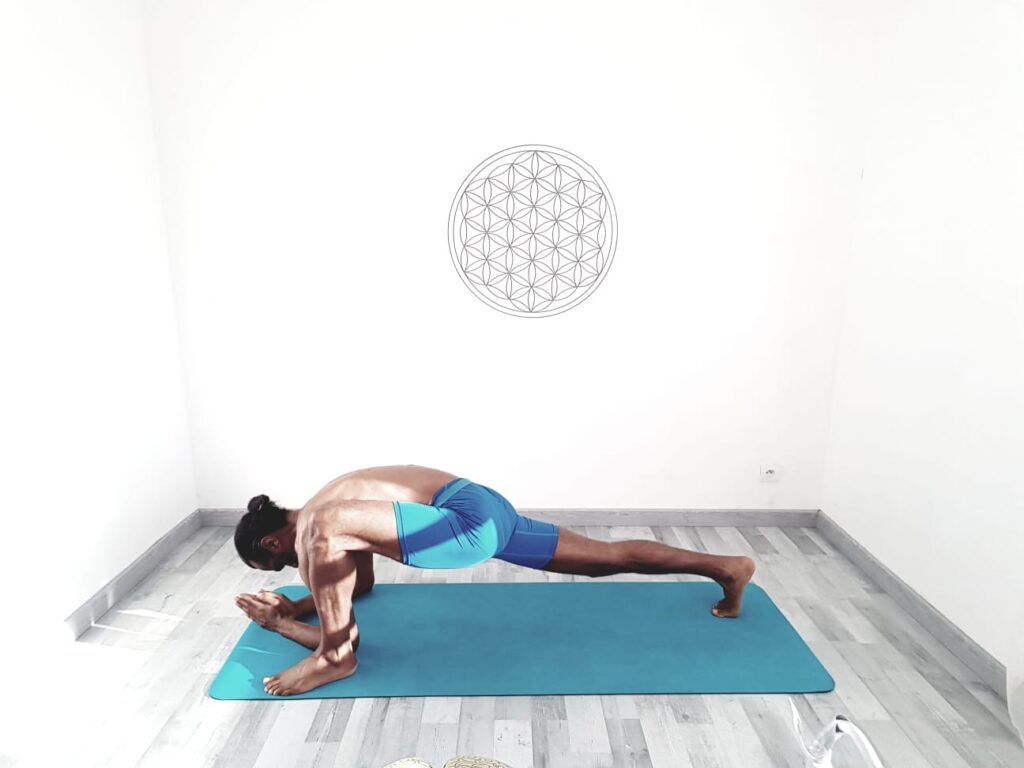Control over senses & mental health

Yogic practices
Yogic practices are deeply rooted in Vedic philosophy, which emphasizes the interconnectedness of the mind, body, and spirit. Pranayama, or breathing exercises, are an important aspect of yoga and are believed to help balance the body’s energy and promote overall health and well-being.
pranayamas
Pranayama involves controlling the breath to influence the flow of prana, or life force energy, throughout the body. There are various pranayama techniques, each with their own specific benefits. For example, Kapalbhati pranayama is a vigorous breathing exercise that can help improve lung function and increase oxygen supply to the body. Nadi shodhana, or alternate nostril breathing, can help balance the nervous system and promote mental clarity.
vedic philosophy
In Vedic philosophy, the breath is seen as a bridge between the physical body and the mind. By practicing pranayama, we can learn to control our breath and cultivate a sense of inner calm and stillness. This can be especially helpful in managing stress and anxiety, as well as promoting better sleep and overall relaxation.
Additionally, practicing pranayama can help improve physical health by increasing lung capacity and oxygenation of the blood. This can lead to improved cardiovascular health, as well as better athletic performance.
Overall, incorporating pranayama into your yoga practice can have a profound impact on both your physical and mental well-being. It’s important to learn proper technique and start slowly, building up to more advanced pranayama exercises over time. As with any new exercise regimen, it’s also important to consult with a healthcare professional before starting a new pranayama practice, especially if you have any pre-existing medical conditions.









